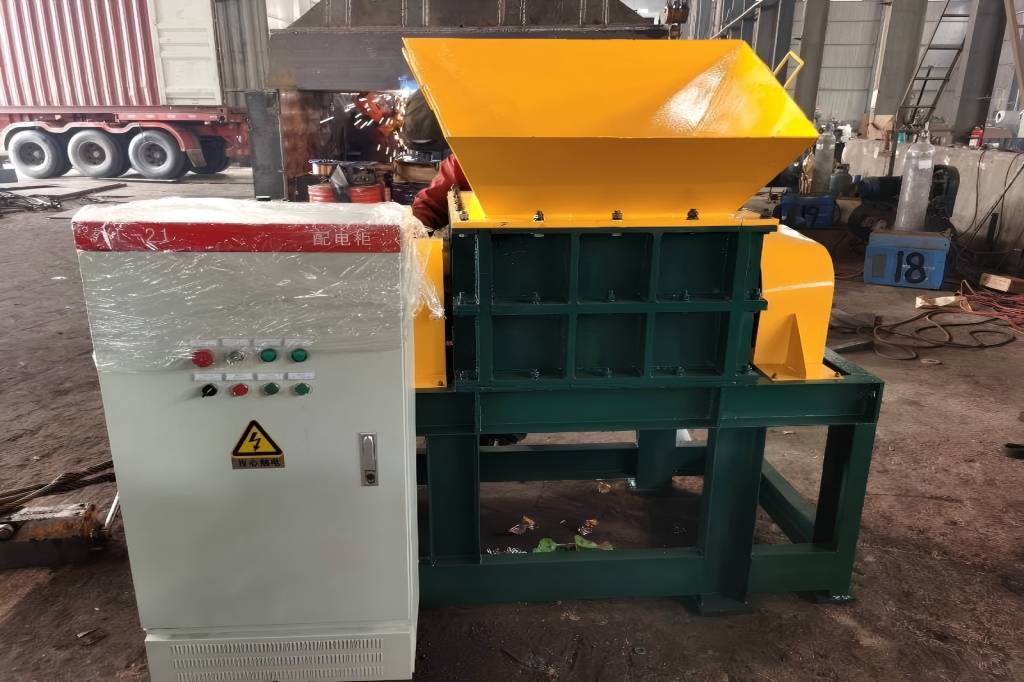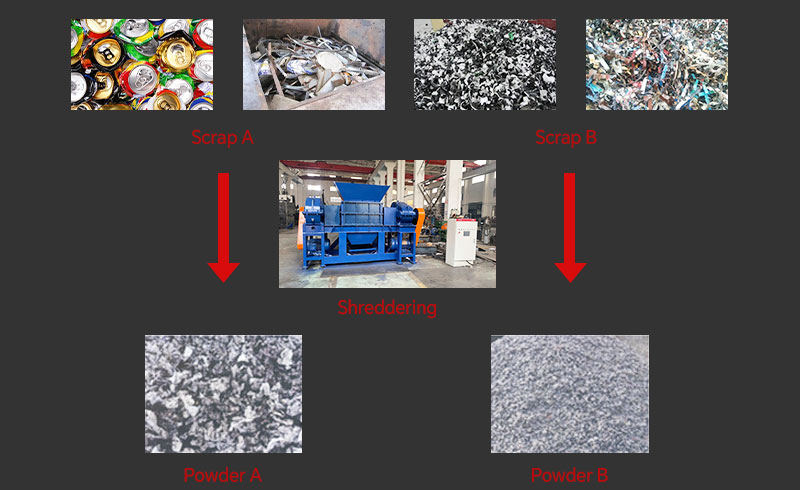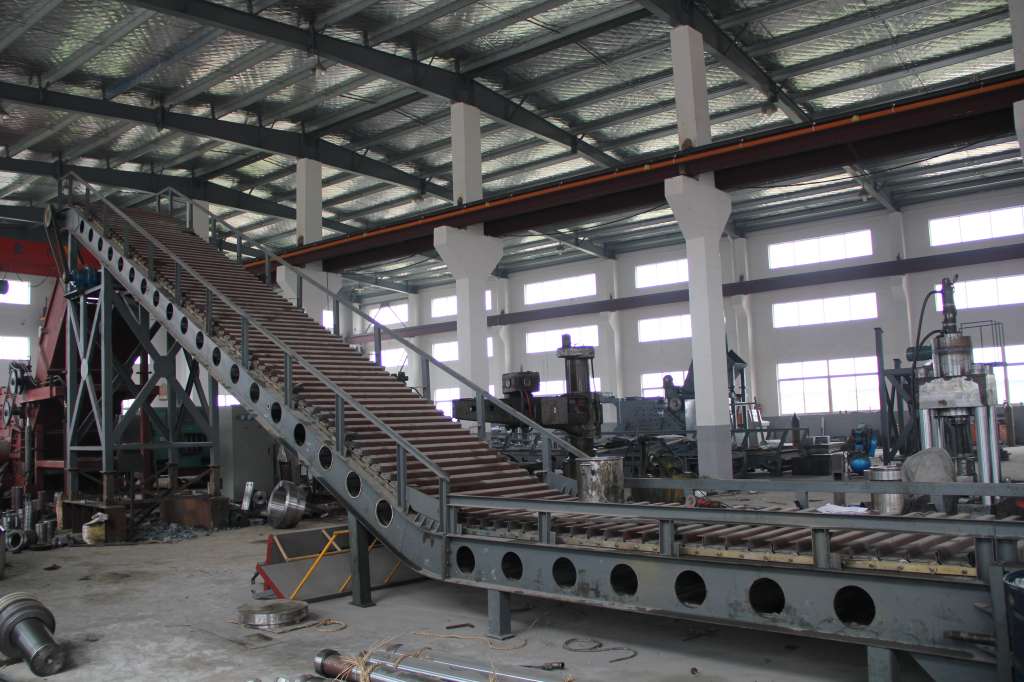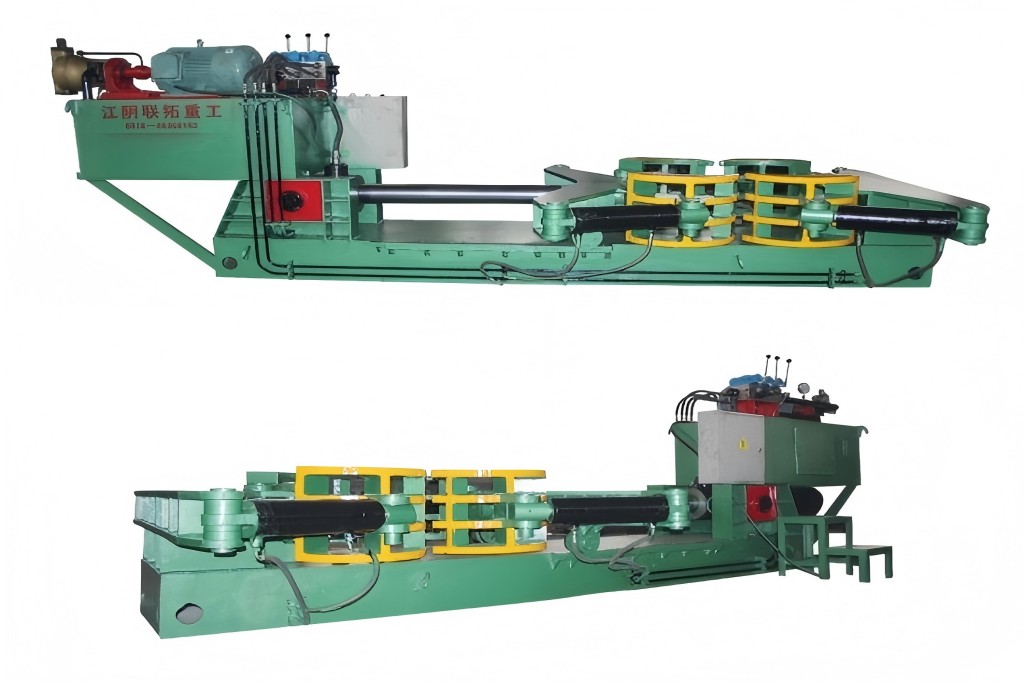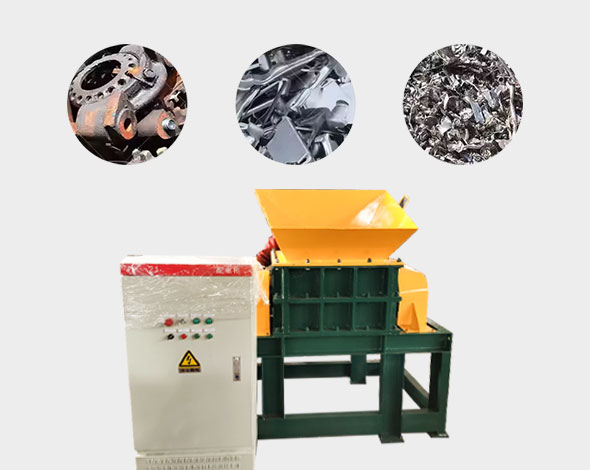The recycling industry relies heavily on industrial metal shredder machines to process various types of metal efficiently. Among the most common materials shredded are aluminum cans, tin cans, steel, and iron. Each metal presents unique challenges and advantages when processed in an industrial metal shredder machine. This article provides a comprehensive analysis of the efficiency of these machines when shredding different metals, comparing their processing speed, energy consumption, output quality, and economic impact.
Understanding Industrial Metal Shredder Machines
What is an Industrial Metal Shredder Machine?
Heavy-duty devices called industrial metal shredders are made to reduce massive amounts of metal debris to smaller, more manageable pieces. They play a crucial role in metal recycling, reducing material size, increasing density, and improving transportation efficiency. These machines come in different types, including single-shaft, dual-shaft, and four-shaft shredders, each suited to specific applications.
How Do Industrial Metal Shredder Machines Work?
The shredding process involves feeding metal scrap into the machine, where rotating blades or hammers tear it apart. The efficiency of the machine depends on several factors, including blade design, motor power, and the hardness of the material being shredded. Shredded metal is then separated, cleaned, and sent for further processing in metal smelters or refineries.
Comparison of Aluminum Can, Tin Can, Steel, and Iron Shredding
Each metal type interacts differently with an industrial shredder, affecting efficiency, machine wear, and output quality. Below is a comparative analysis of how each metal performs in an industrial metal shredder machine.
Aluminum Can Shredding Efficiency
Aluminum cans are lightweight, soft, and highly recyclable. Due to their thin structure, they are relatively easy to shred, requiring less energy compared to harder metals. However, their low density means that a large volume is needed to achieve substantial recycling yields.
- Processing Speed: Very high due to low material hardness.
- Energy Consumption: Low compared to steel and iron.
- Blade Wear and Tear: Minimal due to aluminum’s softness.
- Output Quality: Produces clean, consistent flakes suitable for remelting.
Tin Can Shredding Efficiency
Tin cans, often made from steel with a thin tin coating, require more force to shred than aluminum but are still manageable for most industrial shredders. Their higher density compared to aluminum makes them a better choice for recycling profitability.
- Processing Speed: Moderate, slightly lower than aluminum cans.
- Energy Consumption: Slightly higher than aluminum due to stronger structure.
- Blade Wear and Tear: Minimal, but tin coating can sometimes cause residue buildup.
- Output Quality: Well-suited for recycling, with moderate density shreds.
Steel Shredding Efficiency
Steel is much harder and heavier than aluminum or tin cans. It requires more powerful shredders, higher torque, and reinforced blades to break it down effectively. Industrial metal shredders designed for steel use high-strength alloy blades to withstand the material’s toughness.
- Processing Speed: Lower than aluminum and tin cans due to hardness.
- Energy Consumption: High, as shredding steel requires significant force.
- Blade Wear and Tear: Considerable, requiring frequent maintenance.
- Output Quality: Produces dense, high-value scrap for recycling.
Iron Shredding Efficiency
Iron is one of the most durable metals used in industrial applications, making it one of the most challenging materials for shredders. The shredding process for iron demands heavy-duty industrial metal shredders with high torque motors and reinforced cutting systems.
- Processing Speed: Slow due to extreme hardness.
- Energy Consumption: Very high, requiring robust shredding mechanisms.
- Blade Wear and Tear: Significant, leading to frequent part replacement.
- Output Quality: High-density, high-value scrap suitable for various industries.
Efficiency Comparison Table
| Metal Type | Processing Speed | Energy Consumption | Blade Wear & Tear | Output Quality |
| Aluminum Can | Very High | Low | Minimal | Clean, Consistent Flakes |
| Tin Can | Moderate | Moderate | Minimal | Moderate Density Shreds |
| Steel | Low | High | Considerable | High-Value Scrap |
| Iron | Very Low | Very High | Significant | High-Density Scrap |
Economic and Environmental Impact of Shredding Different Metals
Economic Considerations
The cost-effectiveness of shredding depends on metal type and recycling market demand. Aluminum and tin cans are easier to shred but require high volumes to be financially viable. Steel and iron yield more valuable scrap per unit weight but incur higher processing costs due to their shredding difficulty.
Environmental Benefits
Metal shredding plays a crucial role in sustainability by reducing waste in landfills, lowering carbon footprints, and conserving natural resources. Each shredded metal type has a different recycling efficiency:
- Aluminum cans: Highly recyclable with a low carbon footprint.
- Tin cans: Efficiently recyclable, though the tin coating requires additional processing.
- Steel: Valuable in construction and manufacturing, reducing the need for virgin steel.
- Iron: Recycled for heavy industrial applications, though energy-intensive to process.
Challenges in Shredding Different Metals
Despite their advantages, shredding metals poses several challenges:
- Blade Wear and Maintenance: Harder metals like steel and iron cause faster blade degradation.
- Energy Costs: Higher energy consumption for shredding heavy metals increases operational costs.
- Material Contamination: Residues like coatings on tin cans can affect recycling efficiency.
- Machine Downtime: Processing tougher metals may lead to frequent breakdowns and repairs.
Technological Advances in Industrial Metal Shredding
Modern industrial metal shredders use cutting-edge technologies to increase productivity, including:
- AI-Powered Shredding Optimization: Adjusts power and blade rotation speed based on metal type.
- Enhanced Blade Materials: New alloys and coatings extend blade life for shredding harder metals.
- Energy-Efficient Motors: Lower power usage without sacrificing shredding effectiveness.
- Automated Sorting Systems: Separate shredded materials for optimized recycling.
Conclusion
Industrial metal shredder machines play a critical role in the recycling process, efficiently handling aluminum cans, tin cans, steel, and iron. While aluminum and tin cans offer easier shredding with lower costs, steel and iron provide high-value scrap despite higher processing expenses. The choice of metal significantly impacts shredding efficiency, energy use, and economic viability. Advancements in shredder technology continue to improve processing speeds and sustainability, making metal recycling more efficient than ever.

